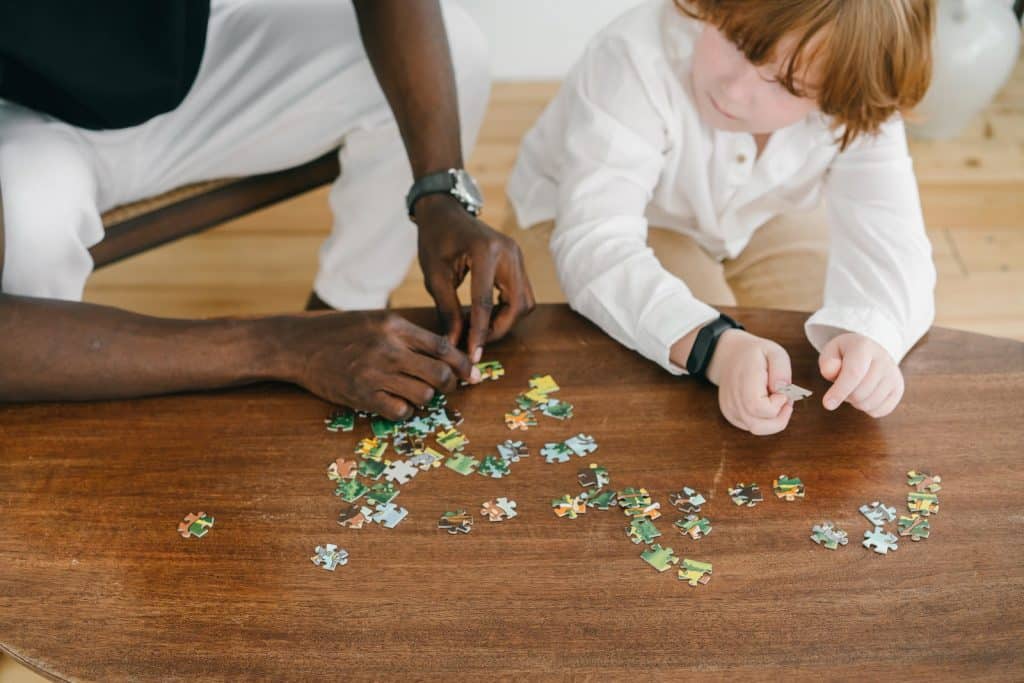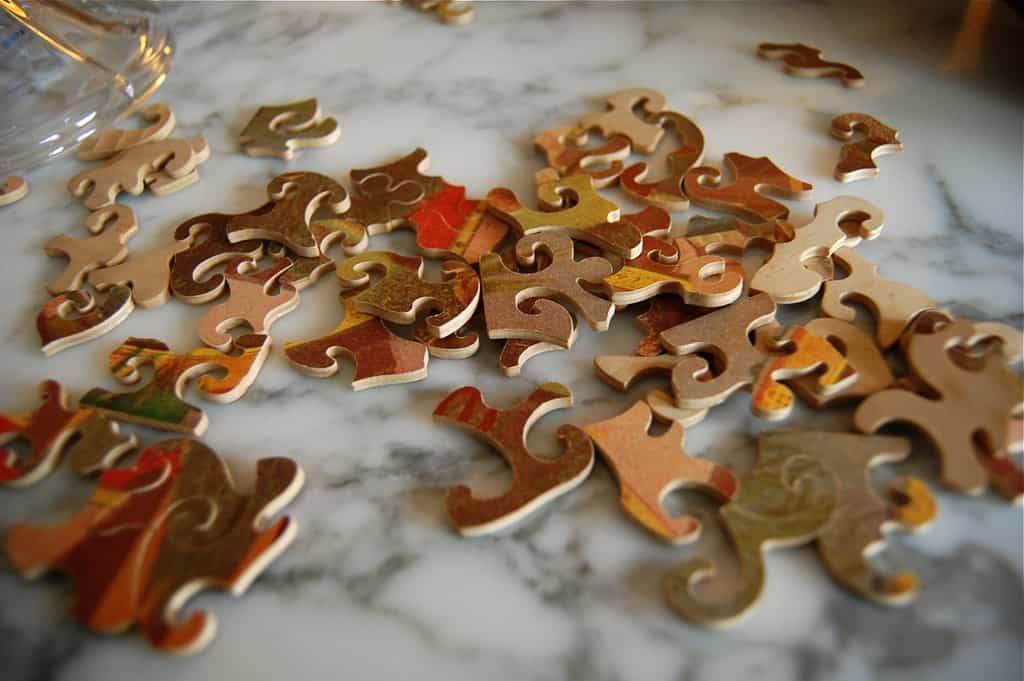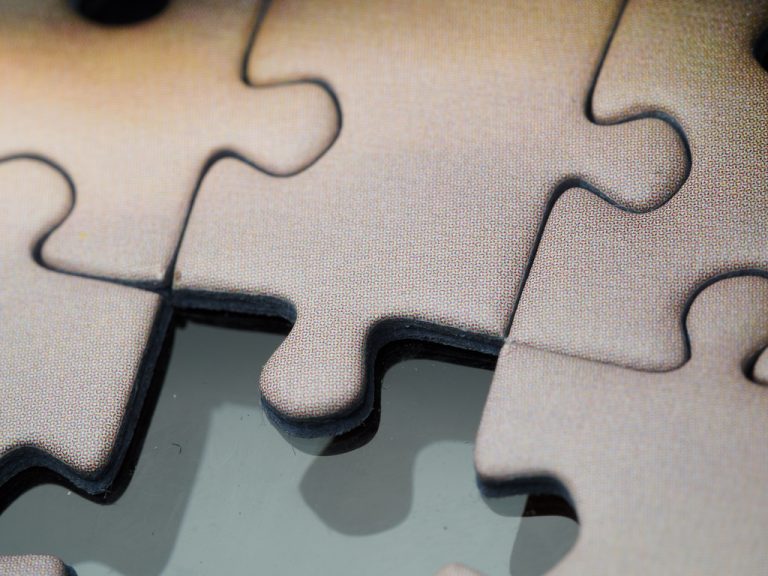Imagine settling into a cozy evening with family or friends, a sprawling image broken into hundreds of pieces laid out before you. This is the essence of jigsaw puzzle traditions, a beloved pastime that has captivated people of all ages for generations. Whether it’s a holiday tradition or a way to unwind after a long week, piecing together a jigsaw puzzle offers not just fun but also a unique blend of mental challenge and therapeutic calm.
Jigsaw puzzle traditions vary widely from one place to another, reflecting local cultures and family customs. They can be as simple as an annual puzzle night during the winter holidays or as elaborate as competitive puzzle-solving contests. What’s consistent, though, is the joy and satisfaction derived from completing these intricate pictures piece by piece. As you dive into the world of jigsaw puzzles, you’ll discover how these traditions have not only stood the test of time but also adapted to the digital age, continuing to bring people together in an increasingly fragmented world.
Historical Overview of Jigsaw Puzzles

Explore the fascinating history of jigsaw puzzles, a pastime that has captivated people of all ages with its intricate shapes and engaging challenge. From wooden pieces to modern digital adaptations, jigsaw puzzles have evolved significantly over the centuries.
Origins and Early Development
The birth of the jigsaw puzzle dates back to the 1760s when London cartographer John Spilsbury mounted one of his maps on wood and cut around the borders of the countries using a fine saw. This “dissected map” was initially intended as an educational tool to aid in teaching geography to children. The idea quickly caught on, transforming into a popular method for learning and entertainment. Throughout the 18th and 19th centuries, these wooden puzzles remained primarily educational, gradually becoming more intricate and varied in subject matter, including landscapes, scenes from history, and more abstract art concepts.
The Golden Age and Technological Advances
The early 20th century, particularly the 1930s, marked the “Golden Age” of jigsaw puzzles as they became an affordable form of entertainment during the Great Depression. Manufacturers like Parker Brothers began producing puzzles on a mass scale, shifting from wood to more affordable cardboard.
This era also witnessed technological advances in puzzle manufacturing, including the development of die-cutting techniques which allowed for more complex and uniform shapes, expanding the appeal of puzzles to adults as well as children. As puzzles became more accessible and varied, their popularity soared, laying the foundation for the modern jigsaw puzzle traditions enjoyed around the world today.
Cultural Impact of Jigsaw Puzzles

Jigsaw puzzles have significantly influenced cultures around the world, creating a unique space where social interaction and individual skills flourish. This impact spans various aspects of society, including art, media, and customary social gatherings.
Puzzle Types and Their Social Roles
Jigsaw puzzles vary widely in shapes, sizes, and themes, each playing a distinct role in social settings. Traditional puzzles, often featuring landscapes or historical scenes, serve as a popular familial activity, reinforcing family bonds and creating cherished memories. During holidays, themed puzzles, such as Christmas scenes or Halloween motifs, become focal points of family traditions and group activities.
At puzzle events, enthusiasts gather to engage in competition or cooperative puzzle assemblies, showcasing skill and fostering community spirit. Such events not only provide entertainment but also connect puzzlers from diverse backgrounds, reinforcing puzzle-solving as a cross-cultural pastime.
Jigsaw Puzzles in Art and Media
Artists and media have adopted jigsaw puzzles both as subject matter and as metaphorical elements to explore themes of complexity and interconnectedness. In contemporary art, puzzles are used to challenge viewers’ perceptions of art and narrative, piecing together fragmented stories or images that hint at larger societal commentary.
The media frequently features puzzles in storytelling to symbolize the piecing together of clues or the solving of mysteries, enhancing narrative depth and audience engagement. Furthermore, the advent of custom puzzles allows individuals to convert personal photographs or artworks into puzzles, merging the realms of personal creativity with the traditional puzzle-solving experience. This fusion highlights how deeply intertwined jigsaw puzzles are with personal expression and cultural narratives.
Modern Jigsaw Puzzles and Their Evolution

Drawing from their historical roots as wooden educational tools, modern jigsaw puzzles have transformed significantly in design and material, incorporating advanced technology and artistic concepts to appeal to varied interests and age groups.
Innovations in Puzzle Design
Innovations in puzzle design have continued to captivate puzzle enthusiasts around the globe. Manufacturers have introduced puzzles with intricate shapes that challenge even the most experienced puzzlers. These complex designs can feature unique, irregular edges unlike the traditional interlocking styles, and multi-layered depth effects that add a new dimension to the puzzling experience. Moreover, the materials used have evolved from the traditional wood to a more diverse range including plastic, metal, and even magnetized pieces that offer different tactile experiences and durability.
The concept of custom puzzles has blossomed, allowing you to transform personal photographs or favorite artworks into unique puzzles. This innovation not only personalizes the puzzling experience but also serves as a creative gift option for special occasions. Additionally, some companies now offer puzzles that glow in the dark or feature 3D builds, pushing the boundaries of traditional jigsaw puzzle formats.
The Rise of Digital Jigsaw Puzzles
As technology advances, so does the jigsaw puzzle tradition. Digital jigsaw puzzles have become increasingly popular, making the pastime more accessible and interactive. These digital versions are available on various platforms, from mobile apps to dedicated websites, and incorporate features that physical puzzles can’t offer. For instance, you can choose from an endless library of images, adjust the difficulty level by altering the number of pieces, and even save your progress without needing physical space.
Social features in these platforms allow you to compete with or challenge friends and family, regardless of geographical barriers. These digital puzzles not only cater to traditional puzzle lovers but also attract a younger audience, integrating educational elements like historical facts or scientific data linked to the puzzle image. This blend of entertainment, education, and social interaction represents a significant evolution from the jigsaw puzzles’ simple origins as dissected maps.
The Role of Jigsaw Puzzles in Education and Therapy
Jigsaw puzzles play a crucial role beyond mere entertainment, significantly impacting educational and therapeutic settings. Let’s delve into how these puzzles function as effective tools in learning environments and healing processes.
Educational Benefits for All Ages
Completing jigsaw puzzles enhances various cognitive skills across all age groups, making them valuable educational tools. For children, puzzles are instrumental in developing spatial awareness, problem-solving abilities, and hand-eye coordination. Each piece must fit precisely, requiring kids to recognize colors, shapes, and patterns. Moreover, integrating puzzles into classroom activities can make learning more engaging. History classes, for instance, might use puzzles that represent geological or historical maps, promoting better retention of the information.
For adults, jigsaw puzzles promote lifelong learning by keeping the brain active and improving memory retention. Engaging in puzzle-solving can also enhance cognitive flexibility, encouraging adults to approach problems from multiple angles. Additionally, completing puzzles with intricate shapes or images related to specific subjects, like artworks or scientific concepts, provides deeper insights into those areas.
Therapeutic Uses of Puzzling
Jigsaw puzzles offer significant therapeutic benefits, often used in various treatment modalities. For individuals recovering from mental health issues, such as anxiety or depression, focusing on completing a puzzle can serve as a mindfulness exercise. It helps distract from distressing thoughts, providing a sense of peace and accomplishment upon completion.
Therapists also utilize puzzles to improve motor skills in patients with physical rehabilitation needs. Assembling small pieces encourages fine motor development and hand dexterity. Moreover, collaborative puzzling during therapy sessions can enhance social skills and foster cooperative learning. Completing a puzzle as a group requires communication and patience, crucial elements in building and maintaining healthy interpersonal relationships.
By integrating jigsaw puzzles into educational and therapeutic settings, facilitators can offer an enjoyable yet meaningful tool that supports both mental and physical development.
Final Thoughts
Jigsaw puzzles aren’t just a source of entertainment; they’re a bridge to learning and healing. Whether you’re piecing together a puzzle at home with family or engaging in a digital version online the benefits are vast and varied. From improving cognitive abilities to fostering social interaction puzzles offer more than just a challenge—they provide a pathway to personal growth and community connection. Embrace the tradition of jigsaw puzzles and discover how this timeless activity can enrich your life in unexpected ways.
Other suggested articles:

